
Grammar


Tenses


Present

Present Simple

Present Continuous

Present Perfect

Present Perfect Continuous


Past

Past Simple

Past Continuous

Past Perfect

Past Perfect Continuous


Future

Future Simple

Future Continuous

Future Perfect

Future Perfect Continuous


Parts Of Speech


Nouns

Countable and uncountable nouns

Verbal nouns

Singular and Plural nouns

Proper nouns

Nouns gender

Nouns definition

Concrete nouns

Abstract nouns

Common nouns

Collective nouns

Definition Of Nouns

Animate and Inanimate nouns

Nouns


Verbs

Stative and dynamic verbs

Finite and nonfinite verbs

To be verbs

Transitive and intransitive verbs

Auxiliary verbs

Modal verbs

Regular and irregular verbs

Action verbs

Verbs


Adverbs

Relative adverbs

Interrogative adverbs

Adverbs of time

Adverbs of place

Adverbs of reason

Adverbs of quantity

Adverbs of manner

Adverbs of frequency

Adverbs of affirmation

Adverbs


Adjectives

Quantitative adjective

Proper adjective

Possessive adjective

Numeral adjective

Interrogative adjective

Distributive adjective

Descriptive adjective

Demonstrative adjective


Pronouns

Subject pronoun

Relative pronoun

Reflexive pronoun

Reciprocal pronoun

Possessive pronoun

Personal pronoun

Interrogative pronoun

Indefinite pronoun

Emphatic pronoun

Distributive pronoun

Demonstrative pronoun

Pronouns


Pre Position


Preposition by function

Time preposition

Reason preposition

Possession preposition

Place preposition

Phrases preposition

Origin preposition

Measure preposition

Direction preposition

Contrast preposition

Agent preposition


Preposition by construction

Simple preposition

Phrase preposition

Double preposition

Compound preposition

prepositions


Conjunctions

Subordinating conjunction

Correlative conjunction

Coordinating conjunction

Conjunctive adverbs

conjunctions


Interjections

Express calling interjection

Phrases

Sentences


Grammar Rules

Passive and Active

Preference

Requests and offers

wishes

Be used to

Some and any

Could have done

Describing people

Giving advices

Possession

Comparative and superlative

Giving Reason

Making Suggestions

Apologizing

Forming questions

Since and for

Directions

Obligation

Adverbials

invitation

Articles

Imaginary condition

Zero conditional

First conditional

Second conditional

Third conditional

Reported speech

Demonstratives

Determiners


Linguistics

Phonetics

Phonology

Linguistics fields

Syntax

Morphology

Semantics

pragmatics

History

Writing

Grammar

Phonetics and Phonology

Semiotics


Reading Comprehension

Elementary

Intermediate

Advanced


Teaching Methods

Teaching Strategies

Assessment
Forms of pronouns and determiners
المؤلف:
Andrew Carstairs-McCarthy
المصدر:
An Introduction To English Morphology
الجزء والصفحة:
38-4
2024-01-31
1750
Forms of pronouns and determiners
In morphology we are mainly concerned with the behavior of words which belong to open classes, namely nouns, adjectives, verbs and adverbs. These classes are so called because their membership can be added to, and indeed is added to constantly as new words come into use. By contrast, one does not expect in English to encounter a new pronoun (a word such as I or she or us) or a new preposition (a word such as in or at or without). However, determiners deserve a mention here because some of them, like nouns, display a singular–plural contrast, and pronouns combine a singular–plural contrast with contrast unique to them, between subject and non-subject forms.
We have already encountered the distinction between this and these, as in this pianist and these pianists. These are the singular and plural forms of the determiner lexeme THIS. Other determiners include THE, A(N) and SOME, but only one other determiner exhibits a singular–plural contrast: THAT, with singular and plural forms that and those. The determiners THAT and THIS demonstrate that number contrasts can have a grammatical effect inside noun phrase as well as between subject noun phrases and their accompanying verbs.
In many languages, the distinction that English expresses by word order in John loves Mary and Mary loves John is expressed by inflectional means on the words corresponding to Mary and John. In English, the same technique is used for one small closed class of lexemes, namely personal pronouns. If one replaces John and Mary with the appropriate pronouns in these two examples, the outcome is as in (26) and (27):
(26) He loves her.
(27) She loves him.
He and him are sometimes said to contrast in case, he belonging to the nominative case and him belonging to the accusative case. This kind of inflection has only a marginal role in English, being limited to pronouns; but, if we treat (say) HE as a lexeme, we must recognize it as having two forms: he and him. It is striking that the relationship between nominative and accusative forms is consistently suppletive, as in I/me, she/her, we/us, and they/them, except that for YOU the two forms are identical (you). This is consistent with the fact that pronouns are very common, and suppletion affects only very common words such as GO.
If he and him are forms of the lexeme HE, and we and us are forms of WE (and so on), what are we to say about corresponding words with a possessive meaning: his and our, as well as my, her, your and their? Syntactically and semantically, these words fulfil just the same role as noun phrases with the aspostrophe-s: his bicycle means ‘the bicycle belonging to him’ just as that man’s bicycle means ‘the bicycle belonging to that man’. One possibility is to say that these are pronoun forms belonging to a third case, the genitive or possessive, which stand in for apostrophe-s forms in noun phrases that consist only of a personal pronoun. Another is to classify these words as determiners, because they perform a determiner-like role and cannot be combined with other determiners (we cannot say *the my hat any more than we can say *the that hat). But these are issues of syntax rather than morphology. For present purposes, we need merely note how his, our and the rest behave, while leaving their exact grammatical classification undecided.
 الاكثر قراءة في Morphology
الاكثر قراءة في Morphology
 اخر الاخبار
اخر الاخبار
اخبار العتبة العباسية المقدسة

الآخبار الصحية















 قسم الشؤون الفكرية يصدر كتاباً يوثق تاريخ السدانة في العتبة العباسية المقدسة
قسم الشؤون الفكرية يصدر كتاباً يوثق تاريخ السدانة في العتبة العباسية المقدسة "المهمة".. إصدار قصصي يوثّق القصص الفائزة في مسابقة فتوى الدفاع المقدسة للقصة القصيرة
"المهمة".. إصدار قصصي يوثّق القصص الفائزة في مسابقة فتوى الدفاع المقدسة للقصة القصيرة (نوافذ).. إصدار أدبي يوثق القصص الفائزة في مسابقة الإمام العسكري (عليه السلام)
(نوافذ).. إصدار أدبي يوثق القصص الفائزة في مسابقة الإمام العسكري (عليه السلام)


















